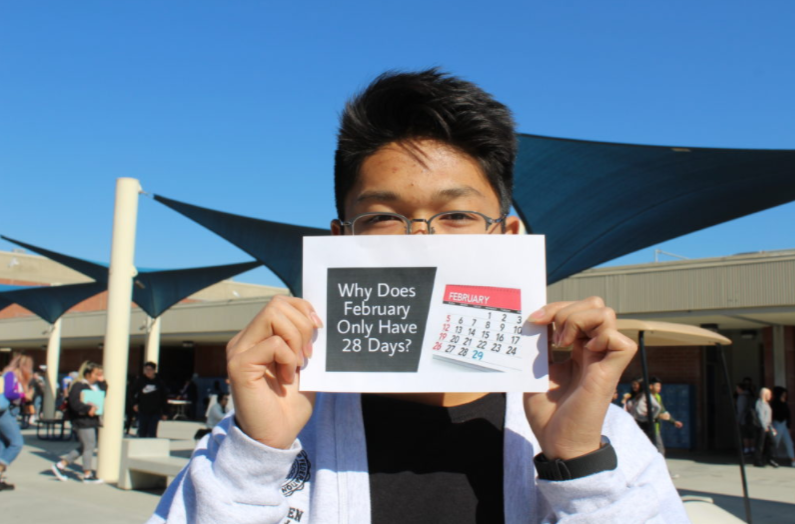
By Tara Choe, Staff Writer
The calendar that we know today is widely used to help organize the amount of days necessary for a year. It is a functional tool that has helped us keep track of times and when the seasons are about to change.
There is one month out of all 12 that seems to have a different amount of days from all the others. February has always been known as the month that has less than 30 days. With only 28 days, there is a reasonable explanation as to why this month is shorter.
The history portion can date back all the way to the Roman calendar. It was the essential and most popular used calendar that people would always refer too.
The Roman calendar only consisted of 10 months. The ruler, Numa Pompilius, had to add two more months to ensure that one year added up to an appropriate 355 days of a lunar year.
January and February were then created for the calendar except there was a particular problem. One month out of the two had to be even.
In order to fulfill the amount of days that the calendar consisted, February was then chosen by the king to have 28 days.
There was a lot of hesitation to have February since a month containing an even number was considered bad luck to the Romans. However, it had to be added in order to have 355 days in a year.
Every year, the month of February was dedicated to rituals honoring the dead since it was known as the unlucky month.
Alterations were additionally made throughout the years from numerous people, but 28 days in February stuck and is used even today.





